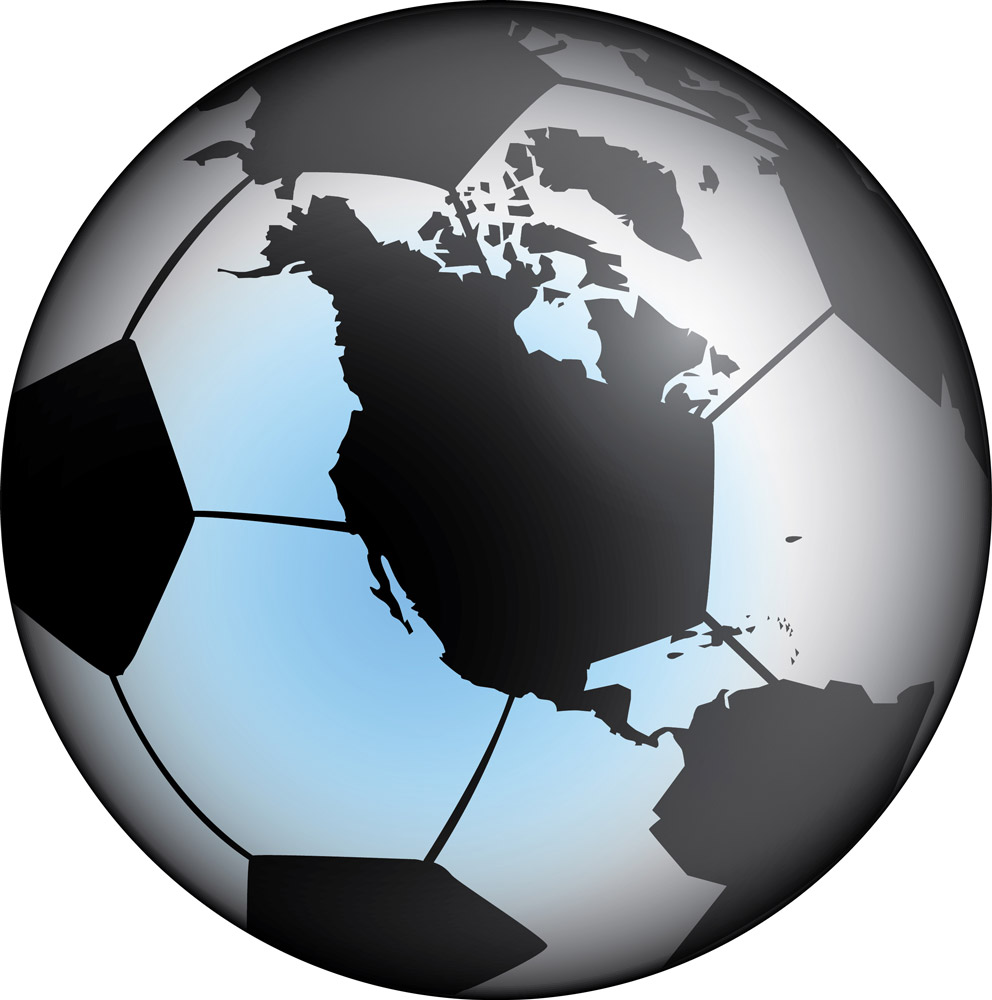Beginning in 2026, the FIFA World Cup will feature 48 teams fighting to be on top of the soccer world, instead of the usual 32. Canada is part of the Confederation of North, Central American and Caribbean Association Football (CONCACAF). Canada has only qualified for one World Cup, and that was way back in 1986, so the expanded playing field could potentially benefit the Canadian national team. Although the event is expanding, still just under one-quarter of the teams that attempt to qualify will actually make it to the big dance.
In the current format, the CONCACAF teams hold just three of the 32 World Cup slots, with the possibility of a fourth team qualifying via playoff with a team from the Asian Football Confederation. Canada has struggled in the CONCACAF qualifying rounds, with nations such as the USA and Mexico dominating. With the expansion to 48 teams, CONCACAF could potentially hold up to six slots for the 2026 tournament. You don’t have to be good at math to see that Canada has a better shot at qualifying with six slots available, compared to just three.
Canada hasn’t reached the final stage of CONCACAF qualification, also known as the Hex, since 1998. The Hex is where the top six teams in the region compete for the final World Cup spots. The United States, Costa Rica, and Mexico have qualified for every single Hex, showing their dominance in the CONCACAF. With the expansion of the World Cup, it seems that the teams that make the Hex would have a better chance to qualify for the big games. Since Canada hasn’t qualified for the Hex since the 20th century, it is likely that the Canadians will miss out on the World Cup if they can’t make it to the Hex. However, the Canadian men’s national team is on the rise.
The team’s future
There is some promising up and coming young talent that Canadian teams could field in the future. A player such as Cyle Larin, who participated in Canada’s latest attempt to qualify for the World Cup, is only 21 years old and should be a major part of the team moving forward. Larin scored 14 goals in 32 games during his 2016 campaign for Orlando City in the MLS. Also, Winnipeg natives Marco Bustos and Kianz Froese are both currently playing for the Vancouver Whitecaps and were invited to the 2016 men’s national camp. Just starting out their young careers, Bustos only played three games for the Whitecaps in 2016, and Froese only played in five, but both were able to find the back of the net once. Canada may be growing some young stars that could lead them to a 2026 World Cup berth, or maybe even earlier.
Plan B
Qualifying through competition is not the only way that Canada could find themselves in the 2026 World Cup, as they are one of the nations currently favoured to host the event. By rule, European teams are unable to host due to hosting the 2018 games in Russia, and Asian countries are also off the table, as Qatar will play host to the 2022 games. European nations will only be able to host if teams from the other regions are unable to submit a successful bid. There are other nations that could host in 2026, but the latest reports have CONCACAF associations co-hosting the event. As of now Canada, USA, and Mexico are all linked to the 2026 games, and if Canada successfully becomes a host country, then they will make a rare World Cup appearance as they would automatically qualify as a host.





